There is a lot of work happening in the world of kitting boats in the shop. The Goat Island Skiff kits have been done for a week now and are going to make some beautiful boats. The Deblois Street Dory, Hull #1 is being planked by a customer here in Portland, and plans are being finished up by Eric Risch for a new, 14'9" rowing skiff called Caravela, which will be built for customers in Martha's Vineyard and will be available as a CNC cut kit by the end of June. As if that was not enough, we are excited to soon announce a new collaboration with a fabulous designer in Europe who is known for his beautiful sail-and-oar boats. A press release will be forthcoming. Enjoy some images of the boats we are kitting.

Goat Island Skiff (designed by Michael Storer) built by Richard Harvey in the UK with a beautiful sail by John MacNamera.

Deblois Street Dory (designed by Clint Chase) being built by Shane Hall in Portland, Maine.

Echo Bay Dory Skiff (designed by Eric Risch) being kitted for CNC by Clint Chase, available in late March

Goat Island Skiff (designed by Michael Storer) built by Richard Harvey in the UK with a beautiful sail by John MacNamera.

Deblois Street Dory (designed by Clint Chase) being built by Shane Hall in Portland, Maine.

Echo Bay Dory Skiff (designed by Eric Risch) being kitted for CNC by Clint Chase, available in late March













